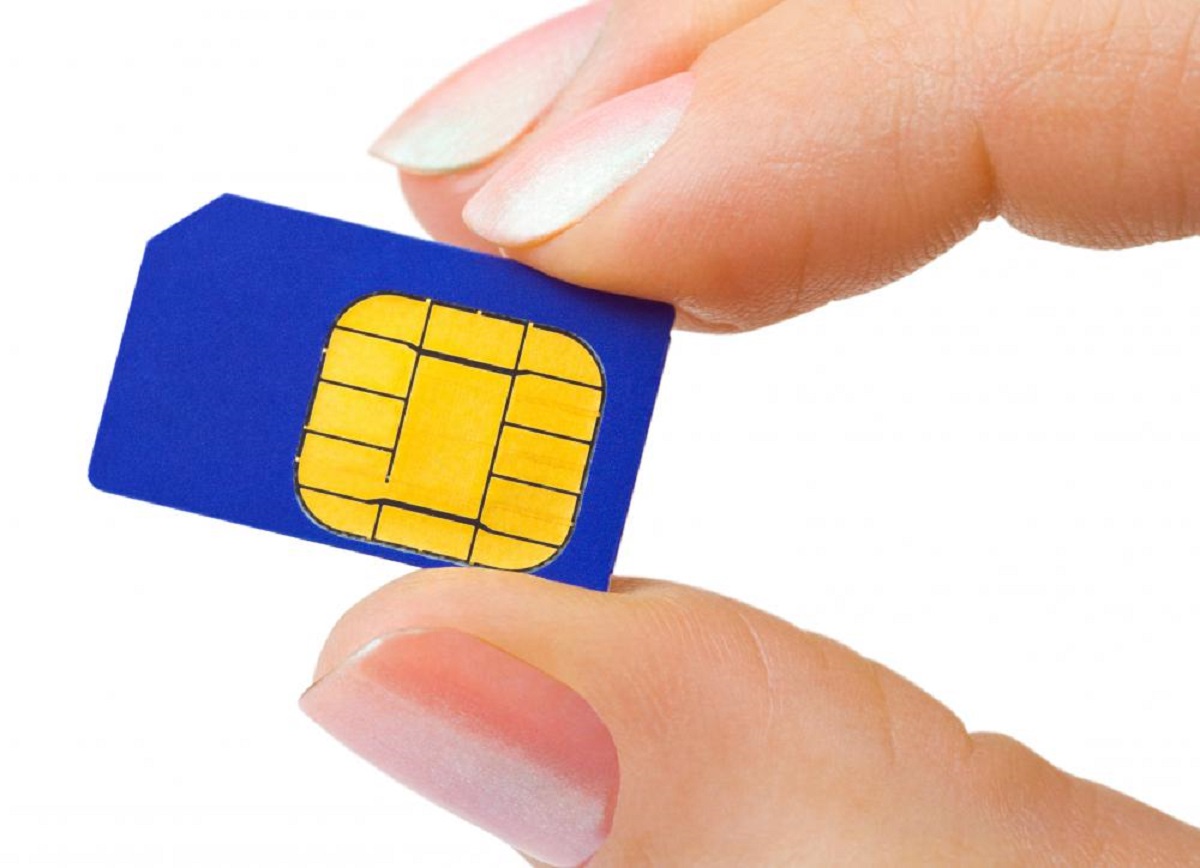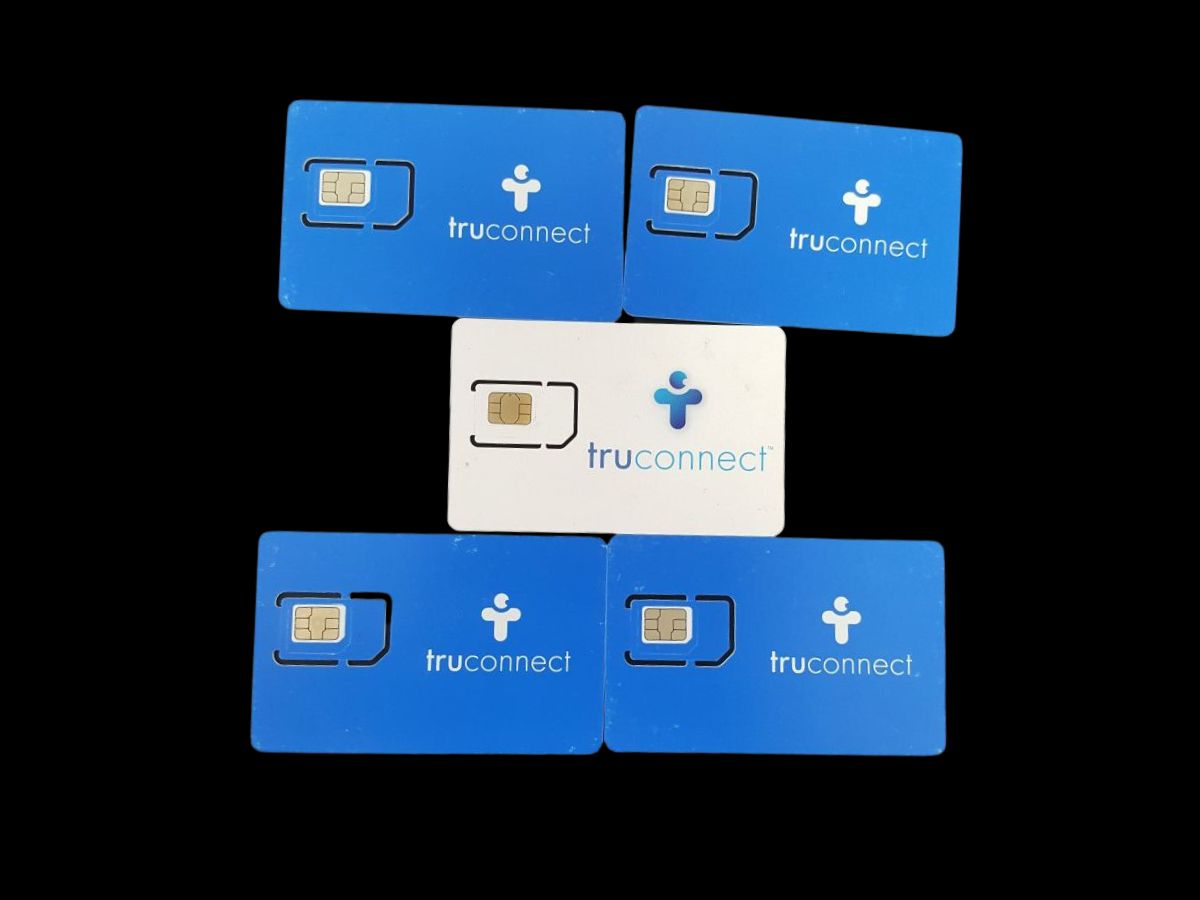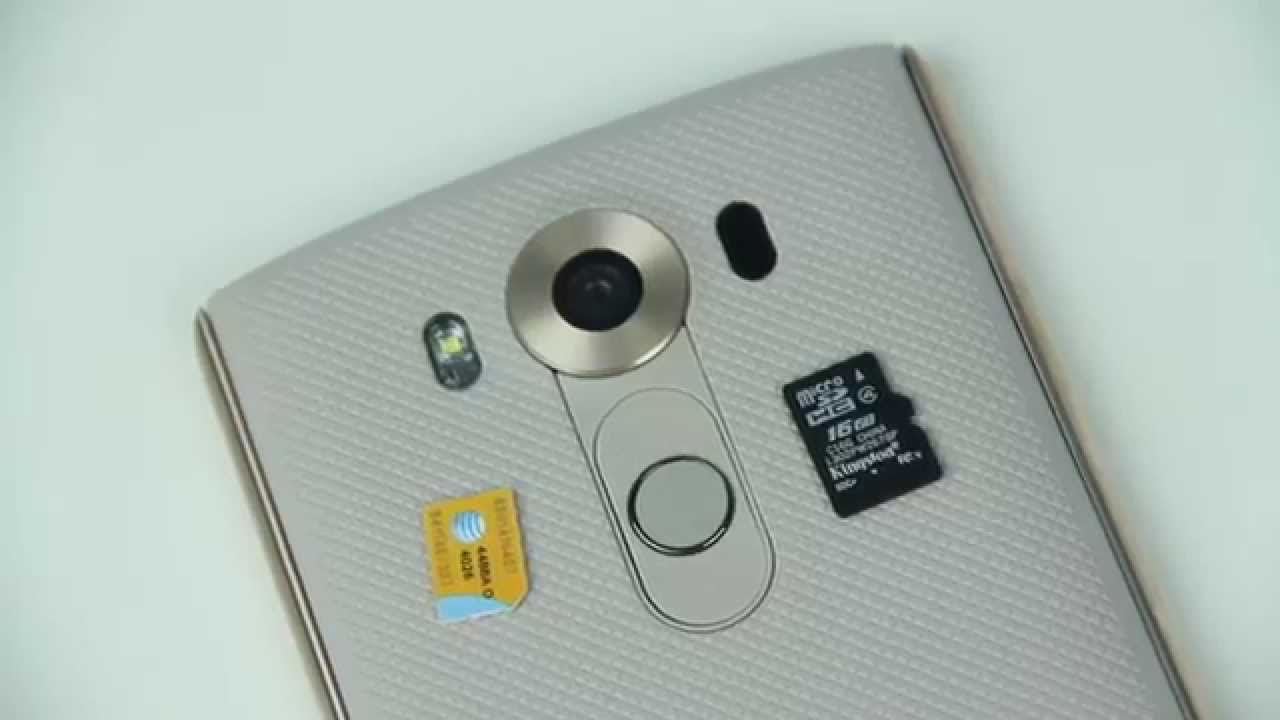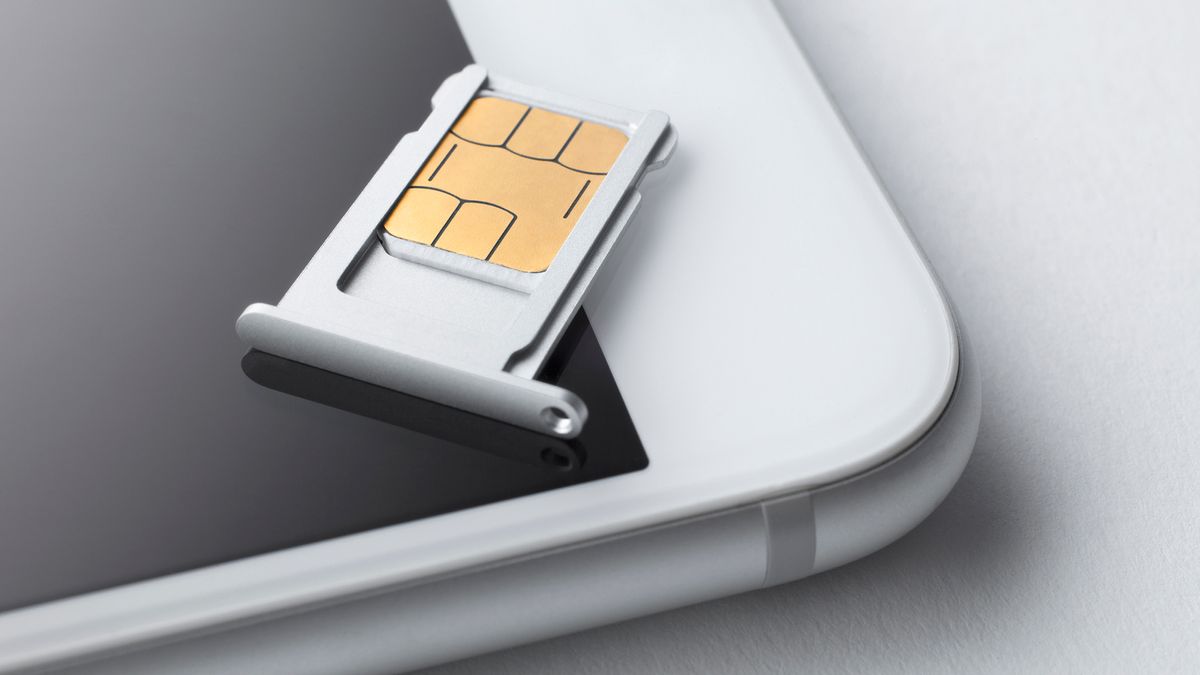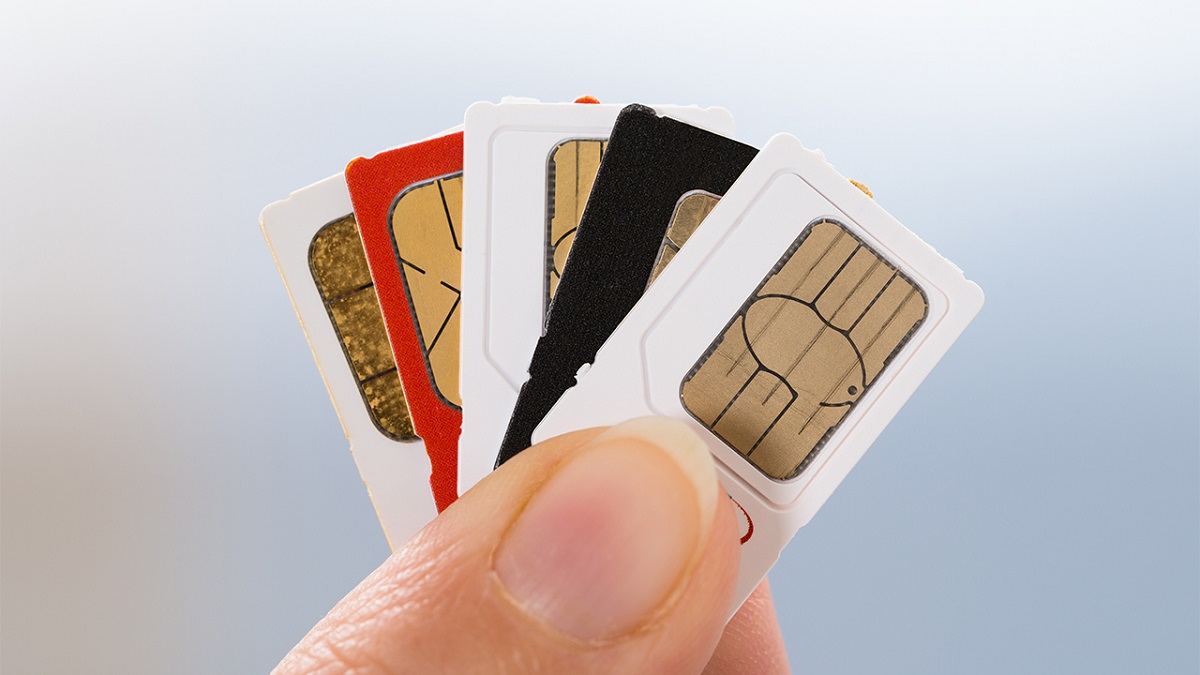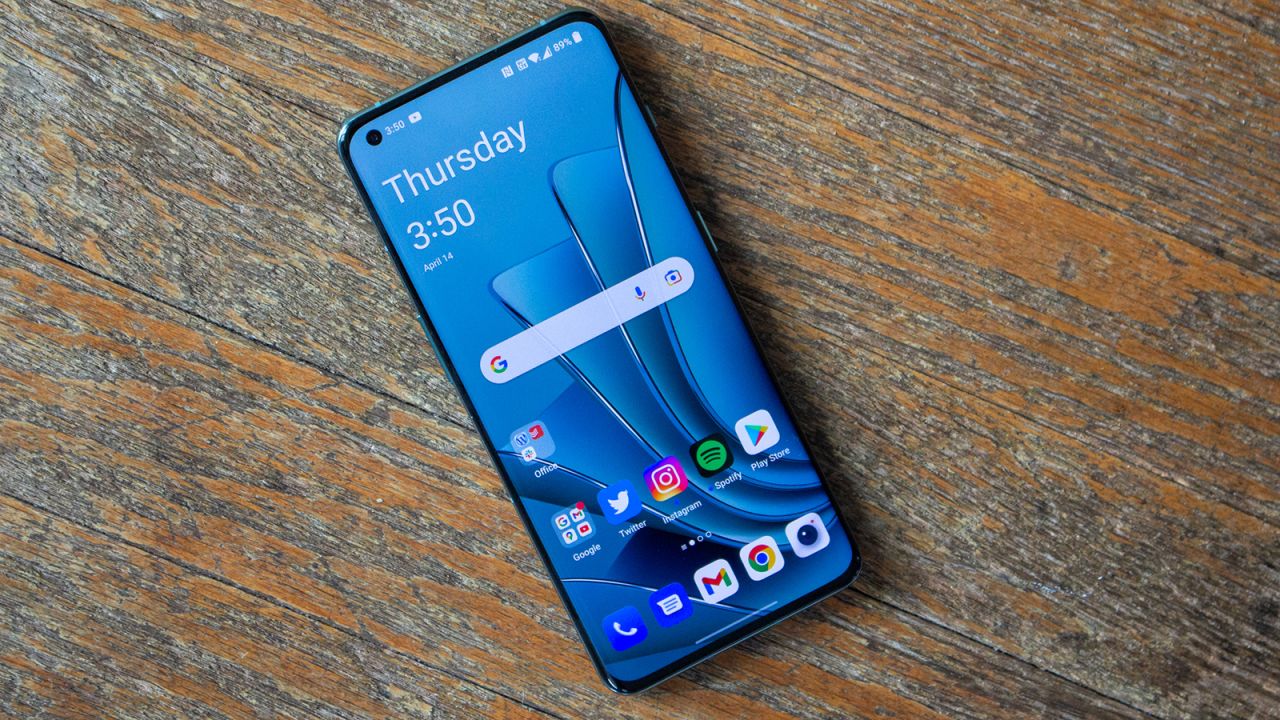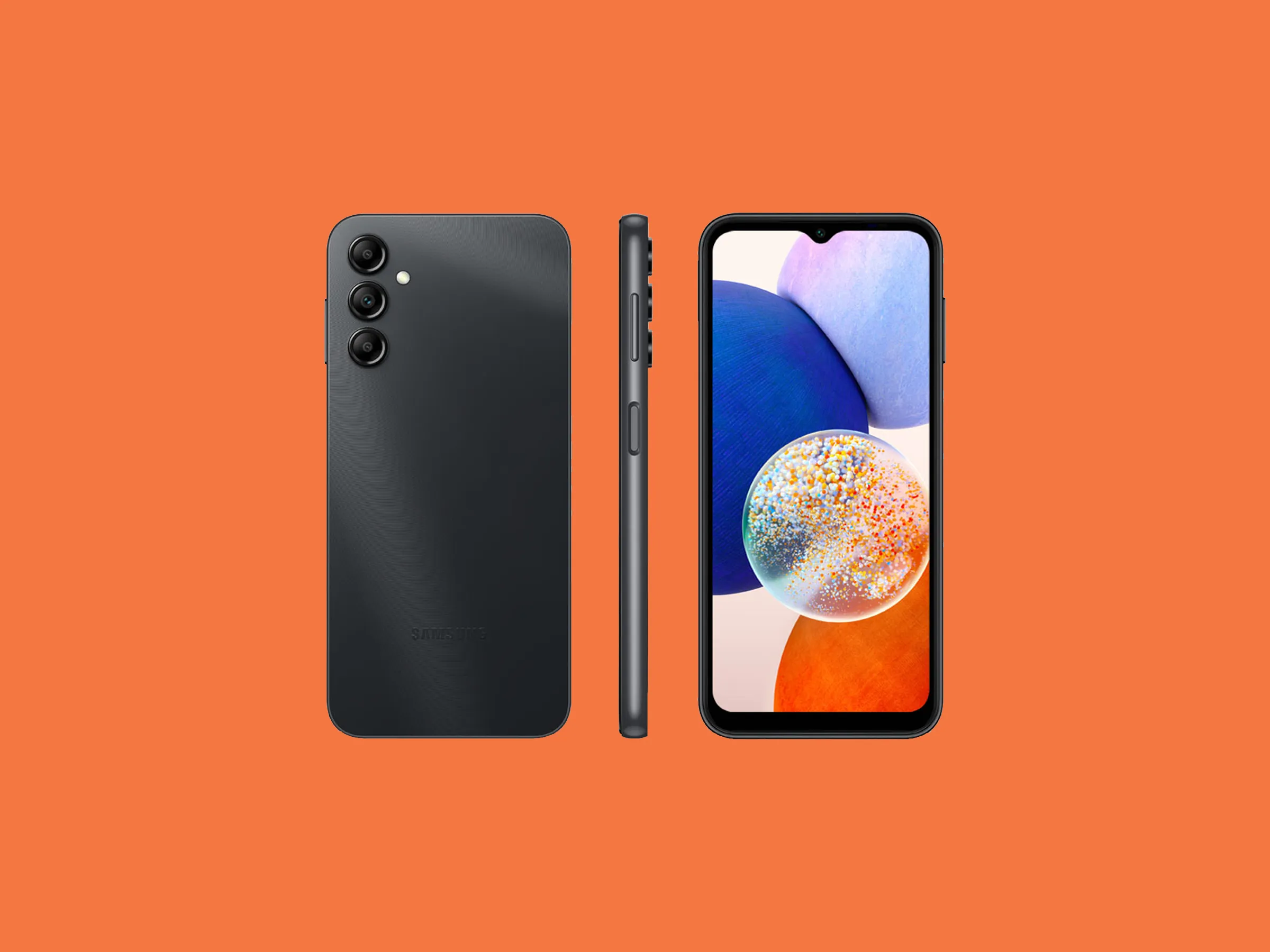What is a GSM SIM Card?
A GSM SIM card, or Global System for Mobile Communications Subscriber Identity Module, is a small, removable card that plays a significant role in the functioning of a GSM mobile phone. This ingenious piece of technology securely stores the subscriber's identity and allows them to access the mobile network. The SIM card contains essential information, such as the subscriber's unique identification number, authentication key, and stored contacts.
The physical appearance of a GSM SIM card is quite distinctive. It is typically a small, rectangular card, about the size of a postage stamp, with a metallic chip embedded in it. This chip is crucial as it stores the subscriber's information and facilitates communication with the mobile network.
A GSM SIM card serves as a portable identity for the subscriber, enabling them to use their mobile device on any network that supports GSM technology. This means that users can easily switch between different GSM-compatible phones by simply transferring the SIM card from one device to another.
In addition to its role as an identity module, the GSM SIM card also stores crucial security information. This includes the International Mobile Subscriber Identity (IMSI), which uniquely identifies the subscriber, and the Authentication Key (Ki), which is used to authenticate the subscriber's identity to the mobile network.
Furthermore, the GSM SIM card holds the subscriber's phone number and any contacts saved on the card. This allows users to maintain their contacts and personal information independently of the mobile device, making it convenient to switch to a new phone without losing valuable data.
Overall, the GSM SIM card is a fundamental component of GSM mobile technology, providing users with the flexibility to use their mobile devices across different networks and ensuring the security of their identity and personal information. Its compact size and essential functions make it an indispensable part of the modern mobile communication ecosystem.
How Does a GSM SIM Card Work?
A GSM SIM card operates as the key to unlocking the world of mobile communication. Its functionality is rooted in its ability to securely store and manage essential subscriber information, enabling seamless interaction with the mobile network.
At the core of its operation is the unique International Mobile Subscriber Identity (IMSI), a 15-digit number that distinguishes each subscriber within the network. This identifier serves as the digital fingerprint of the user, allowing the mobile network to recognize and authenticate their presence.
The Authentication Key (Ki) is another critical component housed within the SIM card. This 128-bit key plays a pivotal role in the encryption and authentication processes, ensuring the security of communication between the subscriber's device and the mobile network. Through complex algorithms, the Ki is utilized to authenticate the subscriber's identity and protect the confidentiality of their communication.
When a user initiates a call or sends a text message, the SIM card facilitates the authentication process by providing the necessary credentials to the mobile network. This allows the network to verify the subscriber's identity and authorize the communication to proceed. The SIM card's ability to securely store and transmit this information is fundamental to the integrity of the entire mobile communication system.
Furthermore, the GSM SIM card is equipped with a small amount of memory to store contacts and SMS messages. This feature enables users to manage their personal information directly on the SIM card, providing a level of portability and independence from the mobile device itself. Additionally, the SIM card can be protected with a Personal Identification Number (PIN) to prevent unauthorized access and ensure the security of stored data.
In essence, the GSM SIM card functions as a secure repository of the subscriber's identity, authentication credentials, and personal data. Its seamless integration with the mobile network enables subscribers to engage in reliable and secure communication, while its portability allows for effortless transition between compatible devices. This harmonious interplay of security, portability, and functionality underscores the indispensable role of the GSM SIM card in modern mobile communication.
Types of GSM SIM Cards
GSM SIM cards come in various types, each designed to cater to specific user requirements and technological advancements. Understanding the different types of GSM SIM cards is essential for users to make informed decisions based on their needs and the compatibility with their mobile devices.
-
Standard SIM Card: Also known as a Mini SIM, this was the original SIM card size widely used in earlier mobile devices. Its dimensions are approximately 25mm x 15mm, and it requires a larger slot in the mobile device for insertion.
-
Micro SIM Card: With the evolution of mobile technology, the Micro SIM was introduced to address the need for smaller SIM cards in more compact devices. It features a reduced form factor, measuring about 15mm x 12mm, while retaining the same functionality as the standard SIM card.
-
Nano SIM Card: As mobile devices continued to shrink in size, the Nano SIM card emerged to meet the demand for even smaller SIM cards. The Nano SIM measures approximately 12.3mm x 8.8mm and is the current standard for most modern smartphones and tablets.
-
eSIM (Embedded SIM): Unlike traditional physical SIM cards, eSIM is integrated directly into the device, eliminating the need for a physical card. This revolutionary technology allows for remote SIM provisioning and offers greater flexibility for users to switch between mobile carriers without changing physical SIM cards.
Understanding the distinctions between these types of GSM SIM cards is crucial for users when selecting a new mobile device or considering a SIM card upgrade. It ensures compatibility and seamless integration with the device's SIM card slot, ultimately enhancing the user experience and convenience.
In summary, the evolution of GSM SIM cards has seen a transition from the larger Standard SIM to the compact Nano SIM, and now, the innovative eSIM technology. This progression reflects the continuous drive towards miniaturization, enhanced functionality, and adaptability within the realm of mobile communication.
How to Insert a GSM SIM Card
Inserting a GSM SIM card into a mobile device is a straightforward process that varies slightly depending on the type of SIM card and the design of the device. Here's a general guide to help users seamlessly insert their GSM SIM card:
Standard SIM Card or Mini SIM
For devices that accommodate standard SIM cards, the process typically involves locating the SIM card slot, which is often found beneath the device's battery. After powering off the device, users can remove the back cover and battery to access the SIM card slot. The SIM card should be inserted into the designated slot with the gold contacts facing downward and the notched corner aligned with the corresponding notch in the slot. Once properly positioned, the battery and back cover can be reattached, and the device can be powered on to complete the process.
Micro SIM Card
Devices designed for Micro SIM cards feature a smaller slot specifically tailored to accommodate this type of SIM card. Users can use a SIM card removal tool or a paperclip to gently press the SIM card tray eject button, which is usually located on the side of the device. Upon ejecting the tray, the Micro SIM card can be placed into the tray with the gold contacts facing downward and the notched corner aligned with the tray's guide. Carefully reinserting the tray into the device and powering it on will finalize the installation.
Nano SIM Card
Modern smartphones and tablets often require Nano SIM cards, which necessitate a different insertion method. Similar to Micro SIM cards, a SIM card removal tool or paperclip can be used to eject the SIM card tray from the device. The Nano SIM card should be positioned in the tray with the gold contacts facing downward and the notched corner aligned with the tray's guide. Reinserting the tray and powering on the device completes the installation process.
eSIM (Embedded SIM)
For devices equipped with eSIM technology, the process is notably different, as there is no physical SIM card to insert. Instead, users can activate the eSIM through the device's settings and follow the on-screen instructions to download and install the digital SIM profile provided by their mobile carrier. This innovative approach eliminates the need for physical SIM cards and offers greater flexibility in managing mobile subscriptions.
By following these guidelines, users can confidently insert their GSM SIM card into their mobile device, ensuring seamless connectivity and access to mobile services.
Activating a GSM SIM Card
Activating a GSM SIM card is a pivotal step in unlocking the full potential of mobile communication. Upon acquiring a new SIM card, users must initiate the activation process to establish connectivity and enable the SIM card to function seamlessly with their mobile device.
The activation process typically begins by inserting the GSM SIM card into the designated slot on the mobile device. Once the physical installation is complete, users are required to power on the device, prompting it to recognize the newly inserted SIM card. In some cases, the device may display prompts or notifications guiding users through the activation process.
Subsequently, users may need to follow the activation instructions provided by their mobile carrier. This often involves contacting the carrier's customer service or visiting their official website to complete the activation. During this process, users may be required to provide the SIM card's unique identification number and other pertinent details to verify their identity and initiate the activation.
In certain instances, the activation of a GSM SIM card may involve the selection of a mobile service plan, which determines the user's call, text, and data allowances. This step is crucial in customizing the mobile service according to the user's preferences and requirements.
Once the activation process is successfully completed, the GSM SIM card is ready to be used for making calls, sending text messages, and accessing mobile data services. Users can verify the activation status by checking for network connectivity and ensuring that the SIM card is recognized by the device.
It is important to note that the activation process may vary based on the mobile carrier and the specific requirements associated with the SIM card. Users are advised to carefully follow the activation instructions provided by their carrier to ensure a seamless and successful activation experience.
In essence, activating a GSM SIM card is a fundamental step that empowers users to harness the full capabilities of their mobile device and enjoy uninterrupted access to mobile communication services. By adhering to the activation procedures and requirements, users can swiftly integrate the SIM card with their device and embark on a seamless mobile communication journey.
Using a GSM SIM Card for Calls and Texts
The versatility of a GSM SIM card extends beyond its role as a mere identity module, as it serves as the gateway to seamless communication through calls and text messages. Leveraging the robust infrastructure of the Global System for Mobile Communications, GSM SIM cards enable users to engage in reliable and secure voice calls and text-based communication.
When initiating a call using a GSM SIM card-equipped device, the SIM card plays a pivotal role in establishing and authenticating the connection with the mobile network. Upon dialing a number, the SIM card transmits the necessary authentication credentials to the network, enabling it to verify the user's identity and authorize the call. This seamless process ensures that users can confidently engage in voice calls, knowing that their communication is securely facilitated by the SIM card's authentication mechanisms.
Similarly, the functionality of sending and receiving text messages is intricately tied to the operation of the GSM SIM card. When composing a text message, the SIM card facilitates the authentication process, allowing the message to be securely transmitted through the mobile network. This seamless integration ensures that users can effortlessly exchange text-based communication, whether it's conveying important information or staying connected with friends and family.
Furthermore, the GSM SIM card's ability to store contacts directly on the card provides added convenience when making calls and sending texts. Users can maintain their contact list independently of the mobile device, ensuring that their essential contacts are readily accessible regardless of the device being used. This feature not only enhances portability but also safeguards against the loss of contact information when transitioning to a new device.
In essence, the usage of a GSM SIM card for calls and texts encapsulates the seamless fusion of security, reliability, and convenience. By harnessing the authentication capabilities of the SIM card, users can engage in voice calls and text-based communication with the assurance of robust security and seamless connectivity. This harmonious interplay underscores the indispensable role of the GSM SIM card in facilitating essential communication services, empowering users to stay connected and communicate effectively in today's dynamic mobile landscape.
Using a GSM SIM Card for Mobile Data
The utilization of a GSM SIM card for mobile data represents a pivotal aspect of modern mobile communication, enabling users to access the vast expanse of online content, stay connected, and leverage a myriad of digital services. With the proliferation of smartphones, tablets, and other connected devices, the demand for seamless and reliable mobile data connectivity has surged, underscoring the significance of the GSM SIM card in facilitating this essential functionality.
When leveraging a GSM SIM card for mobile data, users can tap into the robust infrastructure of the Global System for Mobile Communications to access high-speed data services. This encompasses activities such as browsing the internet, streaming multimedia content, engaging in video calls, and accessing a diverse array of mobile applications. The SIM card acts as the conduit through which users authenticate their identity to the mobile network, enabling the seamless transmission of data packets to and from their connected devices.
The GSM SIM card's role in facilitating mobile data connectivity is underpinned by its ability to securely authenticate the user's identity and authorize the transmission of data over the mobile network. This authentication process ensures that users can confidently access online content, conduct digital transactions, and engage in various data-intensive activities, all while benefiting from the robust security mechanisms embedded within the SIM card.
Moreover, the portability and versatility of the GSM SIM card empower users to seamlessly transition between different devices while retaining access to their mobile data services. Whether switching to a new smartphone, tablet, or other compatible device, users can simply transfer their SIM card to the new device, ensuring uninterrupted access to mobile data services without the need for complex reconfigurations or data migration processes.
In essence, the usage of a GSM SIM card for mobile data epitomizes the convergence of connectivity, security, and flexibility. By leveraging the SIM card's authentication capabilities, users can harness high-speed mobile data services to stay connected, access digital resources, and navigate the dynamic landscape of online content. This seamless integration underscores the pivotal role of the GSM SIM card in empowering users to embrace the boundless potential of mobile data connectivity, fostering a seamless and enriching digital experience.
Managing Contacts and Data on a GSM SIM Card
Managing contacts and data on a GSM SIM card is a fundamental aspect of personalizing and optimizing the mobile communication experience. The SIM card serves as a versatile repository for storing essential contact information and enables users to seamlessly manage their personal data independently of the mobile device.
One of the primary functions of a GSM SIM card is to store contact details, including phone numbers, names, and additional information. This feature provides users with the convenience of having their contacts readily available, regardless of the mobile device being used. By saving contacts directly on the SIM card, users can effortlessly transfer their contact list to a new device simply by moving the SIM card, eliminating the need for manual data transfer or reliance on cloud-based synchronization services.
The process of managing contacts on a GSM SIM card typically involves accessing the device's contact management interface and selecting the option to import, export, or manage SIM card contacts. This intuitive interface allows users to add, edit, or delete contacts stored on the SIM card, providing a seamless means of organizing and maintaining their contact list.
Furthermore, the SIM card's storage capacity for contacts varies depending on the card's specifications, with some cards capable of storing hundreds of contacts. This ample storage capacity ensures that users can maintain an extensive contact list, catering to their professional and personal communication needs without encountering limitations.
In addition to contacts, GSM SIM cards also offer the capability to store SMS messages and other data. This feature allows users to retain important messages directly on the SIM card, providing a level of data portability and independence from the mobile device's internal storage. By managing SMS messages and data on the SIM card, users can safeguard critical information and ensure its accessibility across different devices.
Overall, the management of contacts and data on a GSM SIM card underscores the card's versatility and user-centric design. By offering a seamless means of storing and managing essential contact information and data, the SIM card empowers users to personalize their mobile communication experience and seamlessly transition between different devices while retaining access to their vital information. This harmonious integration of functionality and convenience epitomizes the enduring significance of the GSM SIM card in modern mobile communication.







